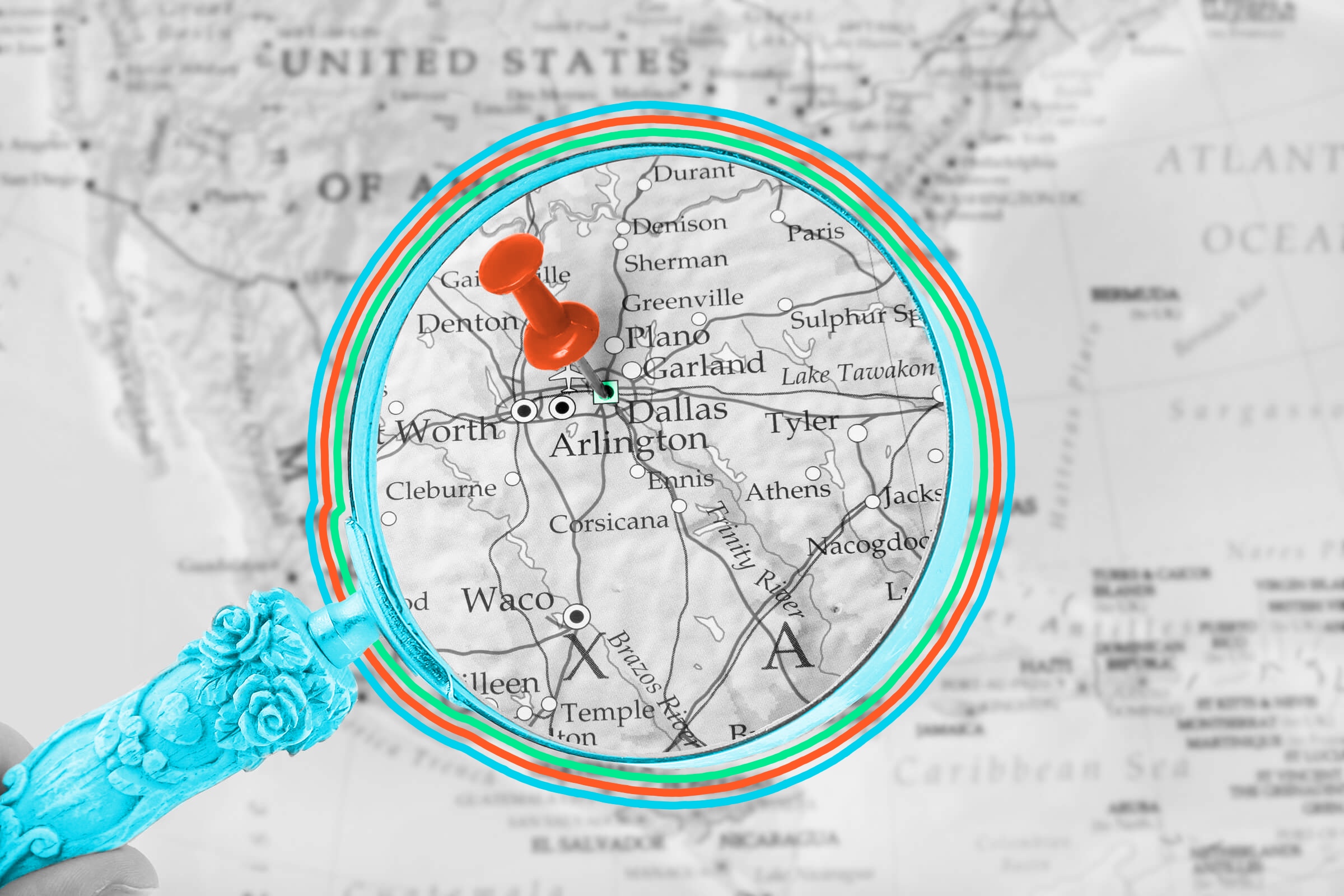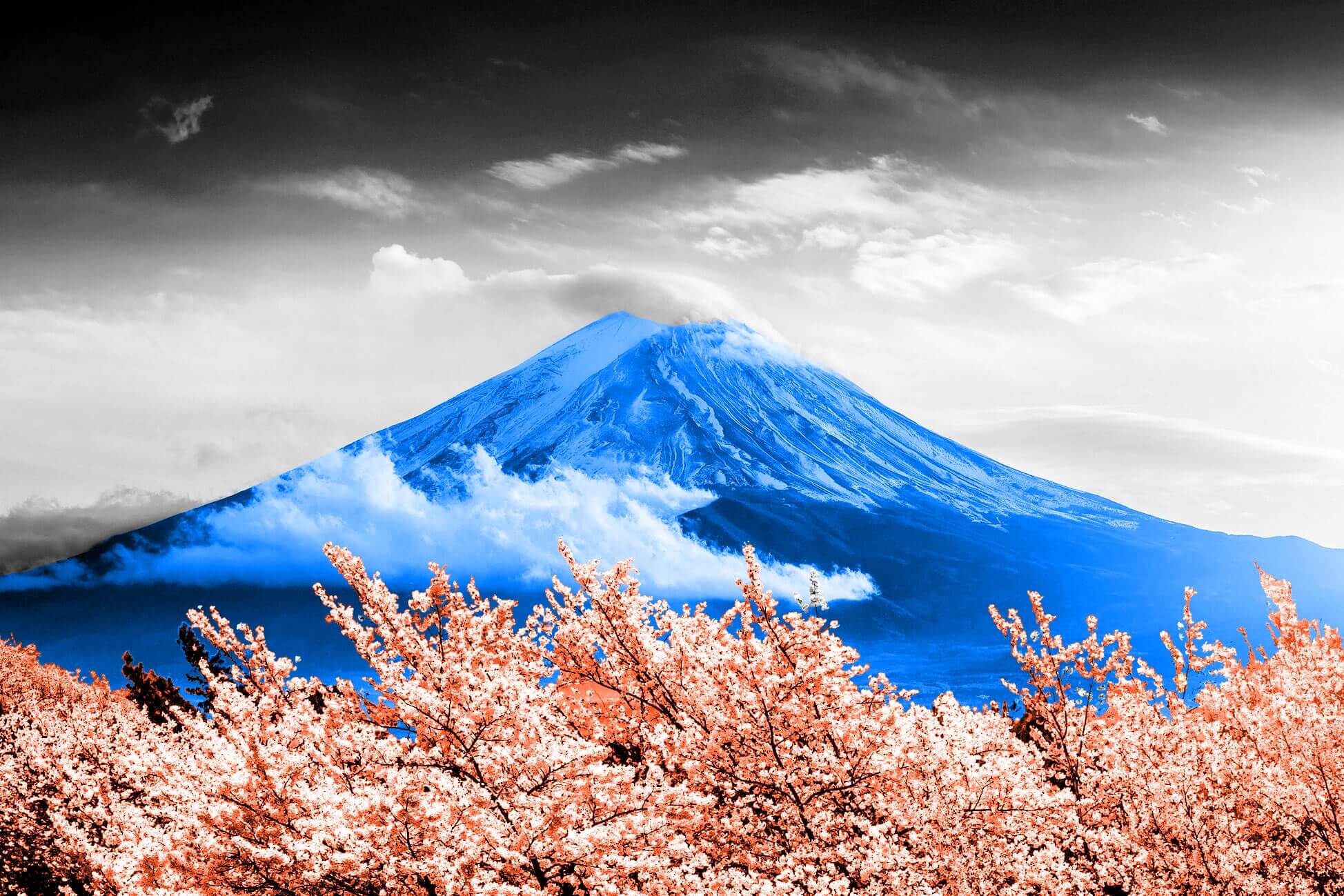
Circular cities experience more rain than square or triangular ones.
When you’re inside a city, or looking at its skyline, you generally can’t see its overall shape. But when you take a bird’s-eye view — or, more likely, a GPS satellite’s view — you can get a better glimpse of its overall silhouette. Dallas and London look somewhat circular, New York is kind of square, and Chicago and Los Angeles are somewhat triangular. But a city’s shape can be about more than just simple geometry: It can actively affect what kind of weather that city experiences.
Scientists have known for a while that cities influence weather patterns (cities can split storms, for example), but researchers from the University of Texas at Austin and elsewhere took things a step further with a study published in April 2022. After running simulations on idealized square, circular, and triangular cities in both coastal and inland environments, scientists discovered that circular cities experience more rain — and more rain intensity — than square cities. Circular cities also experience more rain than triangular cities, which get the least rain of all. Rain typically forms after air masses meet, and a “circular city allows air masses coming from all directions to converge at the center of the city,” researcher Jiachuan Yang told the New Scientist. Other city shapes with more corners, meanwhile, allow air masses to meet and dissipate before getting to the city’s center. The discrepancies were particularly noticeable on the coasts, the researchers found, because the contrast between ocean and urban air drives more convection. While this research might’ve once been considered merely an oddity, in the climate change era, it’s a topic of survival. With cities across the world increasingly under threat from either too much or too little rain, smart urban planning could ameliorate some climate-induced threats, and help protect cities against an increasingly warming world.
Earth wouldn’t be much without water. When you see our home from space, the entire planet seems filled with the stuff — from vast oceans to continent-spanning weather systems. But there is one place where precipitation holds no sway, and that’s Antarctica’s McMurdo Dry Valleys. According to scientists’ best estimates, these valleys haven’t seen rain in nearly 2 million years. The area is so parched thanks to a phenomenon called katabatic wind, also known as downslope wind, in which gravity pulls cold, moisture-filled mountain winds down and away from these valleys — blowing away all the precipitation with it. The lack of moisture and extremely low temperatures in the Dry Valleys make the place a near-perfect analog for the Martian surface, and scientists use experiments in the region to help them understand how extremely cold, dry environments work.

